A Reader (lost yer email, sorry) sent me this little look at The Most Odd-Looking Vintage Muscle Cars Ever Made. I have several problems with said list, mostly because more than a few of the cars cannot be termed “muscle” cars by any stretch of the imagination, e.g. the Heinkel Kabine of the late 1940s:
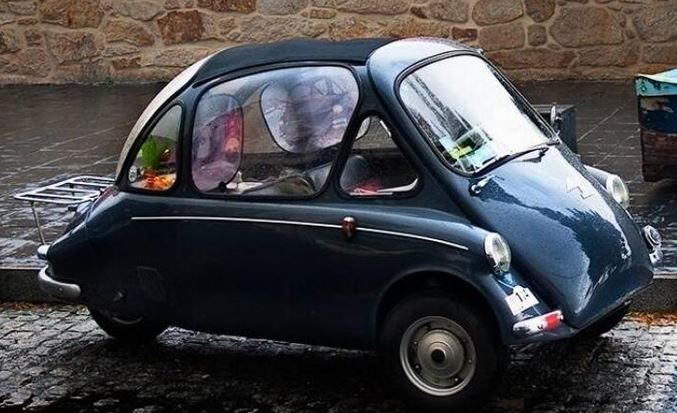
…which featured a 174cc engine which generated 9hp. That’s “muscular” only if you’re a Gen Z snowflake or an eco-moron.
Of course, there are a few strange ones on the list, but I have to say that more than a few did catch my eye, and I would have no problem owning / driving one of them, even today. Here they are:
BMW Z1 (early 1990s) Sorry, but that’s just lovely. The retractable doors (!!!) make it strange, but I’d still take one in a heartbeat.
Sorry, but that’s just lovely. The retractable doors (!!!) make it strange, but I’d still take one in a heartbeat.
E-type Jaguar (1960s)

That’s not “odd”, you morons, it’s a classic. Even back then, it wasn’t odd, just beautiful (pace Enzo Ferrari, who knew a thing or two about the topic).
Lotus Europa (1970s)
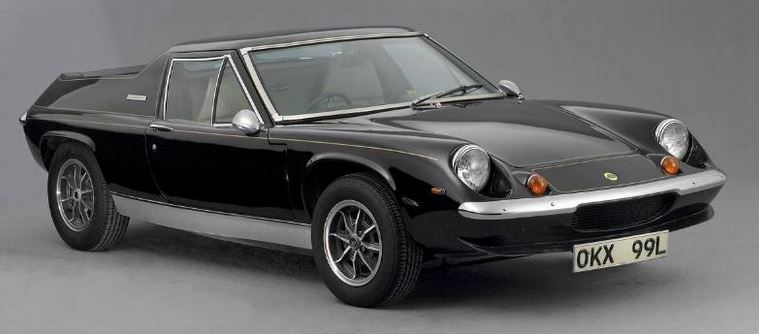
Yeah, it looks a little strange, but it handled better than any road car of the time. You could take corners at speeds that would have killed you in any other car.
Corvette station wagon (1970s) 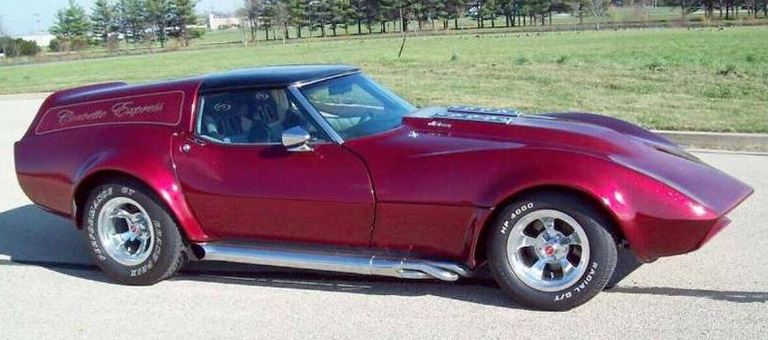
Yeah, I’d have one of these. It looks a little like the Europa, but it solves the perennial problem of “How do I fit both my girlfriend and my rifle/shotgun cases into a sports car?”
Toyota 2000 GT (1970)
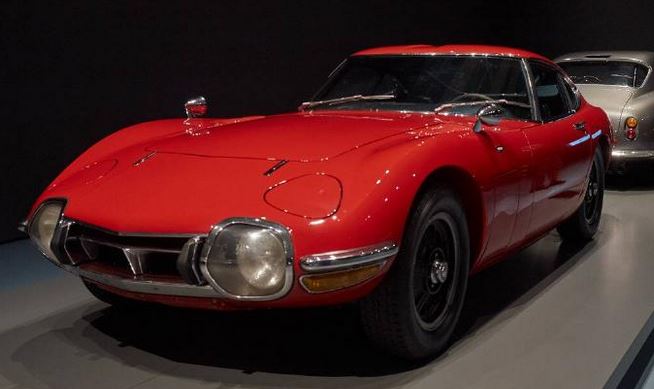
Sorry, but 150hp in a car that weighed almost nothing, handled like a dream and should never have ceased production? That’s not weird; the decision to stop making it was weird. Like the E-type, it was a classic.
The one that really caught my eye, however, was this one:
Buick Centurion (late 1950s)
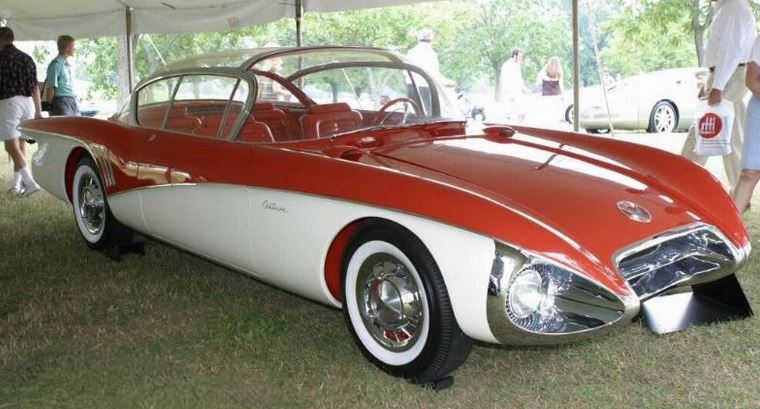
I think it’s glorious, not weird — and I’d take one in a heartbeat.
Feel free to peruse the others, and make your own choices in Comments if you want.
There’s also a list that contains some weird motorcycles, but to me they all look the same (like people in various non-European racial groups), so I couldn’t pass judgment.



 Sorry, but that’s just lovely. The retractable doors (!!!) make it strange, but I’d still take one in a heartbeat.
Sorry, but that’s just lovely. The retractable doors (!!!) make it strange, but I’d still take one in a heartbeat.





